In this article, Bianca Garner looks at ten controversial documentaries. As such, some of the content described here could be deemed unpleasant for some.
In light of the recent HBO documentary, Leaving Neverland, it seems like a good time to look back at some other documentaries that stirred up controversy upon their release. If you aren’t aware of Leaving Neverland, it deals with Pop Icon Michael Jackson’s long-running relationships with two boys, aged 7 and 10, and their families. Now in their 30s, they tell the story of how they were sexually abused by Jackson.
Since its premiere at this year’s Sundance festival, Leaving Neverland has seen many people oppose the claims made by the two men. In fact, in February this year, the Jackson estate filed a $100 million lawsuit against HBO. As Jackson is dead, HBO cannot be sued for defamation; instead, the estate claims that HBO violated a 1992 agreement never to disparage Jackson’s public image.
Despite many fans and the Jackson estate being dismissive about the claims made in the documentary, there has been a knock-on effect with many radio stations now refusing to play Michael Jackson’s music, and the episode of The Simpson’s featuring the star being pulled. Leaving Neverland, is certainly a very controversial documentary but it’s not the only one. Here are another ten controversial documentaries.
Nanook of the North (1922), Dir. Robert J. Flaherty
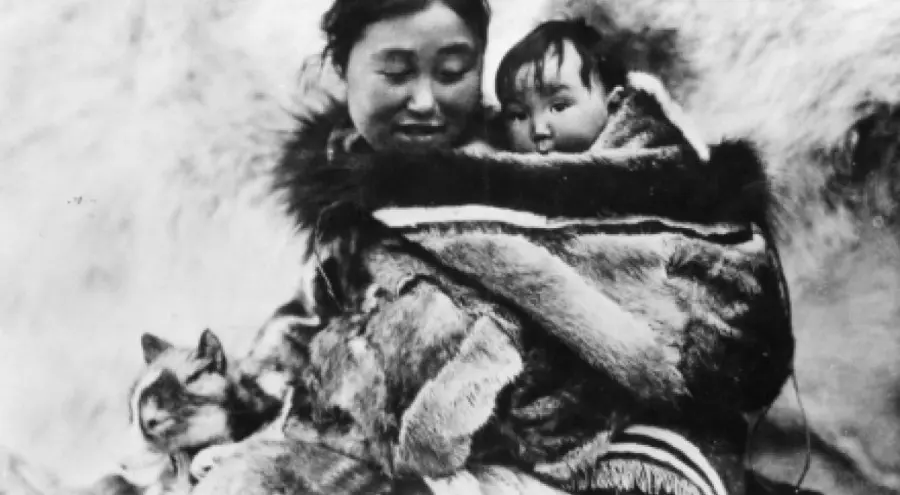
Nanook of the North follows an Inuk man named Nanook and the people who hold to the Inuit ways, and is historically remembered as the first full-length documentary. There were many allegations that Nanook was little more than a series of dramatized events, which discredited the film’s authenticity. Following the film’s release, Robert J. Flaherty was accused of staging many of the film’s most memorable sequences. It emerged “Nanook” was in fact named Allakariallak, and his “wife” shown in the film was not really his wife. Allakariallak normally used a gun when hunting; Flaherty encouraged him to hunt after the fashion of his recent ancestors in order to capture the way the Inuit lived before European colonization. It must be noted that Nanook of the North was released at a time when the concept of separating films into documentary and drama did not yet exist.
The Bridge (2006), Dir. Eric Steel
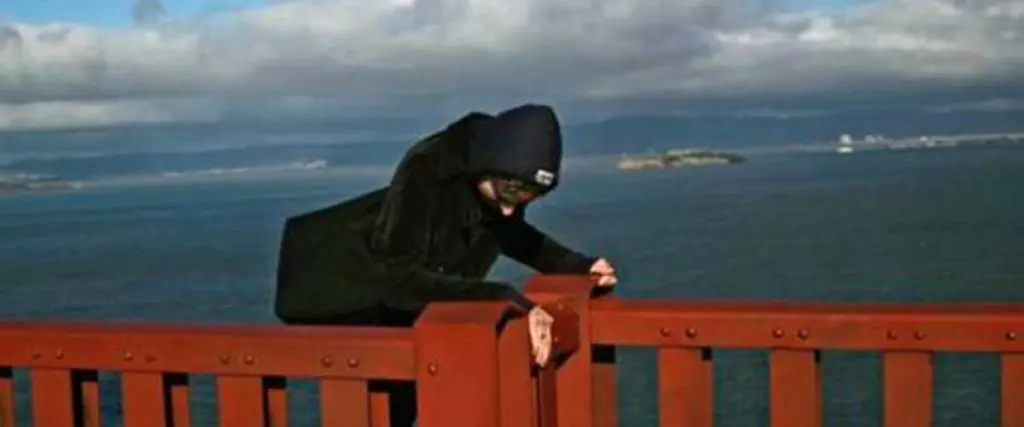
The Bridge (2006) is named after San Francisco’s Golden Gate Bridge, which is the most photographed man-made structure in North America and the single most popular suicide site in the world. Filmmaker Eric Steel set out to make The Bridge; to explore the reason why Golden Gate Bridge is such a popular suicide destination, but show people committing (or attempted to commit) the act itself. The film crew shot almost 10,000 hours of footage, recording 23 of the known 24 suicides off the bridge in 2004. Steel aimed to expose just how little is being done to prevent people from killing themselves by jumping off the bridge. Still, the documentary proved to be too controversial for some. And, there are many who claimed that The Bridge only encouraged people to commit suicide by somehow normalizing the action.
Jesus Camp (2006), Dir. Heidi Ewing and Rachel Grady
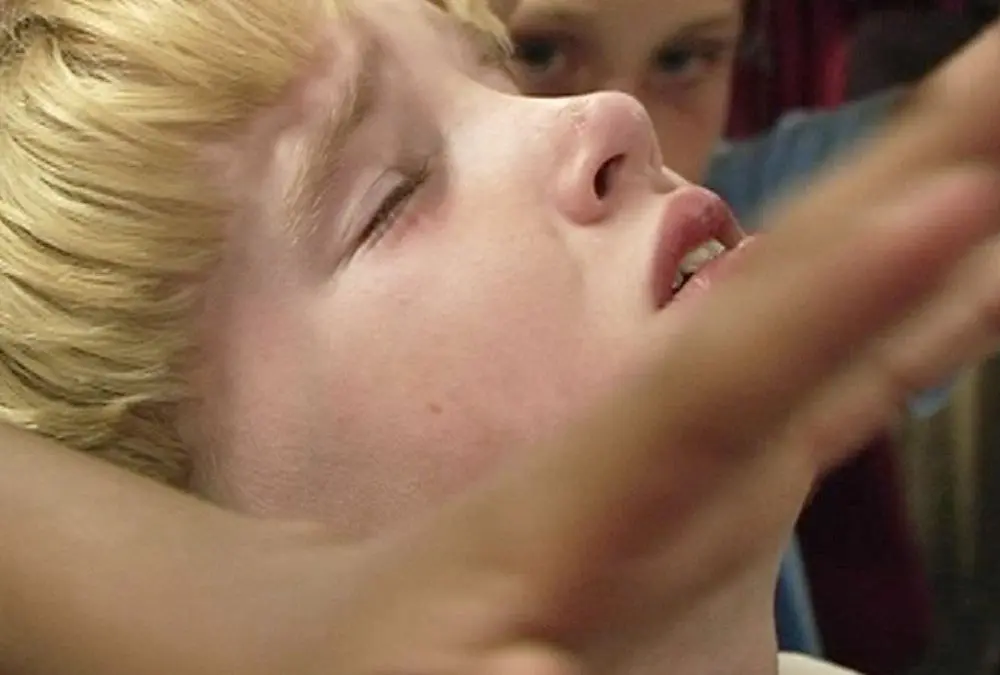
Religion and controversy often go hand-in-hand, so it shouldn’t be much of a surprise for many documentaries touching on this topic being labelled as controversial. Perhaps one of the more controversial documentaries to discuss religion is Jesus Camp. The documentary captured the daily activities of a group of children who attended the Kids on Fire School of Ministry, a religious summer camp. The directors brought attention to the fervent nature of this religious group and how the adults that run this camp isolate impressionable children in order to spread their particular beliefs. It is somewhat chilling to see footage from inside the camp shows young children weeping and wailing as they promise to stop their sinning. Child after child is driven to tears. The biggest question these filmmakers propose to us, is whether these young children are being brainwashed?
Bowling for Columbine (2002), Dir. Michael Moore
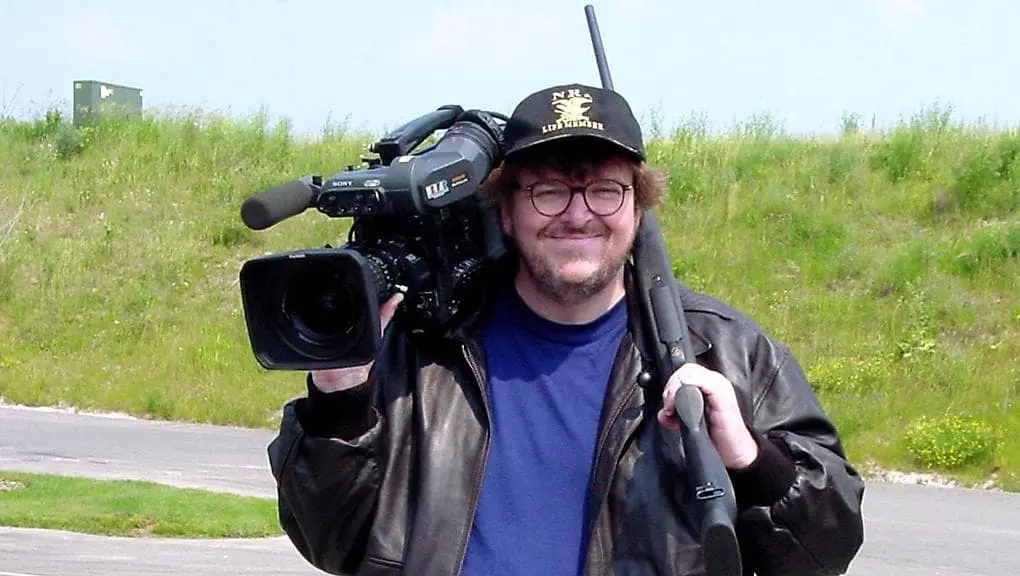
Michael Moore has made a career out of controversy. Perhaps Bowling Columbine is the most relevant of his documentaries in this current climate. The film’s title is derived from the infamous 1999 shooting known as the Columbine High School Massacre, as well as the revelation that the students who perpetrated that event attended a bowling class just hours before the murders occurred. Many people had managed to cope with the events at Columbine by simply suggesting that the kids at the center of it were pure evil. However, Moore argued that it was entirely possible that they were the by-product of a culture of violence that remained unchecked. Moore’s documentary managed to upset many pro-gun advocates who were none too fond of Moore’s views on firearms and his comments regarding how easy it is to acquire a gun in America. He also managed to shock people on both sides of the issue, with the use of uncensored displays of violence.
Earthlings (2005), Dir. Shaun Monson
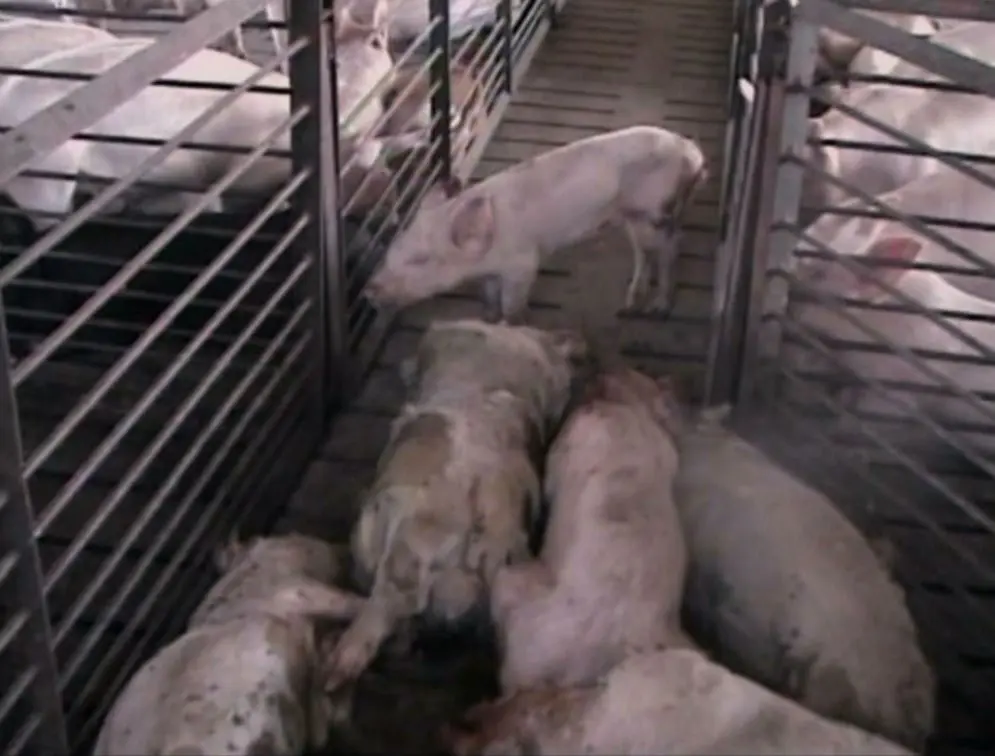
Earthlings is a 2005 documentary narrated by Joaquin Phoenix that attempts to argue against humanity’s cruel treatment of animals. In order to make this argument, Monson displays footage from the daily practices of several large industries which rely on animals. Earthlings includes footage obtained through the use of hidden cameras to chronicle the day-to-day practices of some of the largest industries in the world, all of which rely on animals. Monson began shooting in 1999, and it took 6 years to complete the film because of the difficulty of obtaining footage within these industries. Phoenix does a wonderful job narrating (Fun fact: he’s a life-long vegan) and brings a solemn tone to the film. The footage is quite hard to watch, but there is no denying that this is how the industry works. The film makes a strong argument for some form of compromise on the vegetarian debate, but it also delves into the issue of fur trading, animals as a form of entertainment and as test subjects in the name of science.
The Cove (2009), Dir. Louie Psihoyos
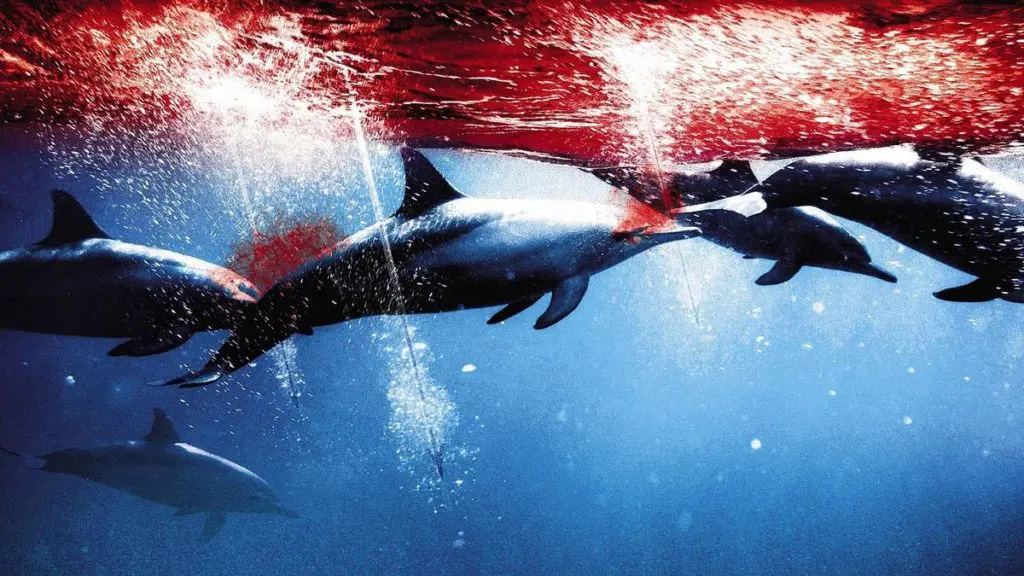
Blackfish (2013) is the documentary that many consider controversial in terms of its subject matter concerning sea creatures living in captivity, but a lesser known (and some would argue far more controversial) documentary is 2009’s The Cove. The film follows Richard O’Barry, who was the man who captured and trained the dolphins for the television show Flipper. On the show, one of the dolphins commits suicide in his arms because of the stress of being in captivity. Since then, he has become one of the leading advocates against cetaceans in captivity and for the preservation of cetaceans in the wild. O’Barry and Psihoyos go about trying to expose one of what they see as the cruelest acts against wild dolphins in the world in Taiji, Japan. The migrating dolphins are herded into a cove where they are netted and killed by means of spears and knives over the side of a small fishing boat. The film was made with great risks involved to all who took part in making it. The Cove revealed that 23,000 dolphins and porpoises are being killed in Japan every year by the country’s whaling industry.
The Act of Killing (2012), Dir. Joshua Oppenheimer
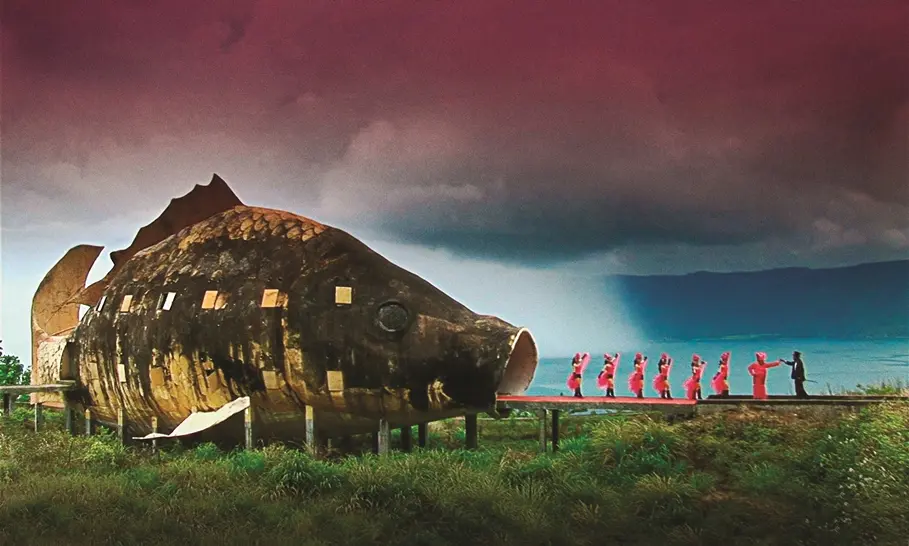
In this documentary, Joshua Oppenheimer attempts to reignite the horror of murder which took place in the Indonesian genocide of 1965-1966. Much of the film focuses on a local gangster named Anwar Congo, who reportedly murdered over 1,000 people. Oppenheimer gets Anwar to reenact his mass-killings in whichever cinematic genres that he wishes, including classic Hollywood crime scenarios and lavish musical numbers. The documentary reveals that these squad leaders are still feared and celebrated, and their actions are institutionally supported, so, as a result, they get to run around patting themselves and each other on the back for their atrocities. The director’s intent is to get Anwar to recognize that what he did was evil, but as Anwar’s convictions hold, the film becomes almost cinematically violent in and of itself. Some critics argue that the movie ultimately glorifies violence for the director’s own purposes.
Faces of Death (1978), Dir. Conan LeCilaire

In the 40 years since its 1978 release, Faces of Death has earned a reputation as one of the most shocking films ever made. The film guides viewers through graphic scenes depicting a variety of ways to die and violent acts. This American mondo horror film directed by Conan LeCilaire and written by Alan Black, and is often billed as Banned in 40+ Countries, but actually it has only been banned (at least temporarily) in Australia, Norway, Finland, New Zealand, and the United Kingdom. Mondo is a sub-genre of film which sometimes resembles a pseudo-documentary and usually depicts sensational topics, scenes, or situations. Common traits of mondo films include portrayals of foreign cultures (which have drawn accusations of ethnocentrism or racism), an emphasis on taboo subjects (such as death and sex), and staged sequences presented as genuine documentary footage. Although in the day and age of Liveleak, some would claim that Faces of Death has become quite dated in terms of violence and gore.
Capturing the Friedmans (2003) Dir. Andrew Jarecki

Filmmaker Andrew Jarecki originally set out to make a short film called Just a Clown that focused on a professional clown named David Friedman. However, Jarecki learned that Friedman’s brother and father had both been convicted of child sexual abuse, which changed the course of the documentary. With the help of David’s supply of home videos, he soon began exploring the events that led to their guilty pleas in order to determine what exactly happened. Capturing the Friedmans managed to convince some that there was a very good chance the Friedmans had been coerced into confessing to a crime they did not commit. And, part of the reason why the movie is so controversial is that it put people in the awkward position of potentially sympathizing with two people who had seemingly committed an unspeakably awful act. Another film to seek out that also deals with the topic of child sex abuse is An Open Secret (2014), which shows that there is a dark side to Hollywood.
The Triumph of the Will (1935), Dir. Leni Riefenstahl

Has there ever been a more controversial documentary? It’s made by a Nazi, starring Nazis, for Nazis. This historical film captures the 1934 Nazi party rally in Nuremberg. Filmed over a number of days, we see a snapshot of pre-war Germany. Hitler is seen making speeches to his most loyal supporters, who hang on his every word, with wide eyes and adoring looks on their faces, making for very disturbing viewing. The Triumph of the Will is a masterclass in propaganda, revealing the power that the moving image can have over the masses. The documentary is also an impressive film in the technical sense and has gone on to influence more films than you probably realize (Star Wars and The Lion King to name just a few). Riefenstahl for her part was imprisoned for four years after the war and never was able to reinvent her career as a top director. It’s a tough watch, and it’s scary to realize just how seemingly ordinary people could become caught up in this mass hysteria.



